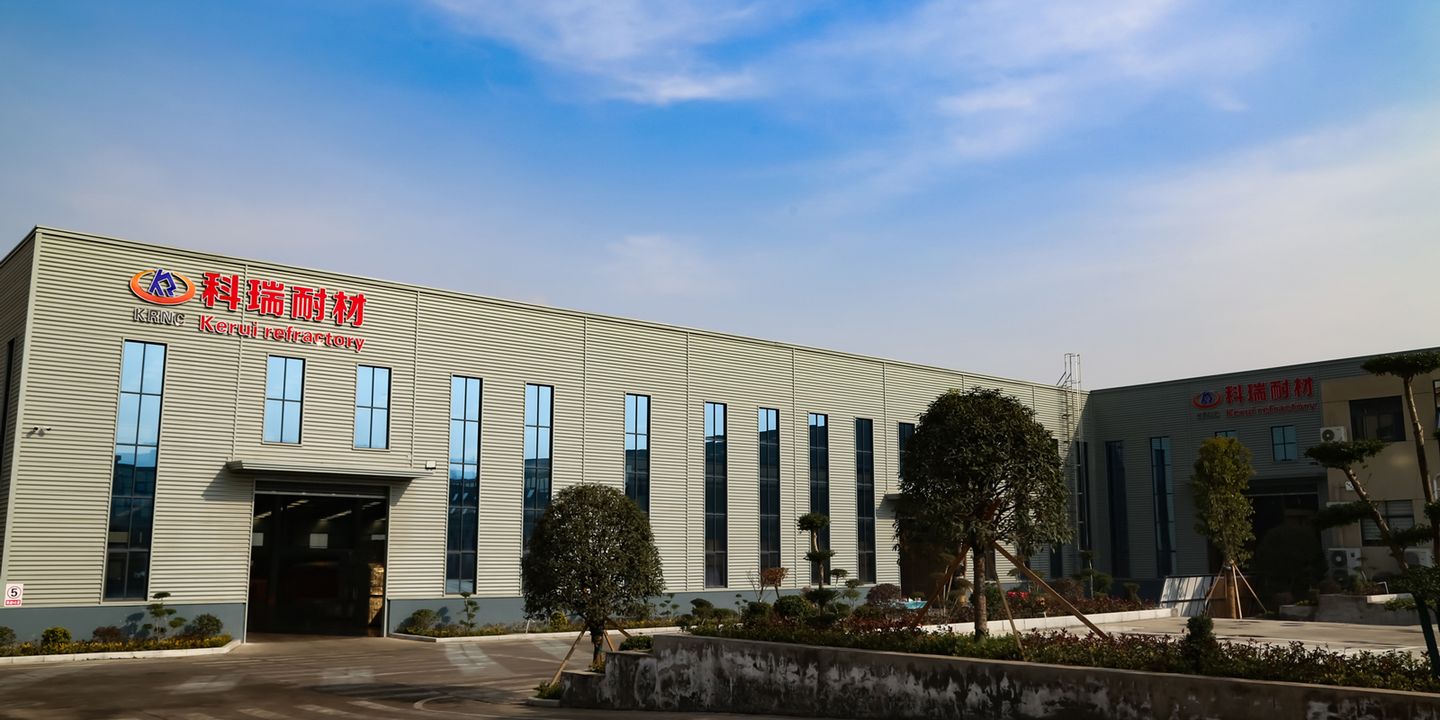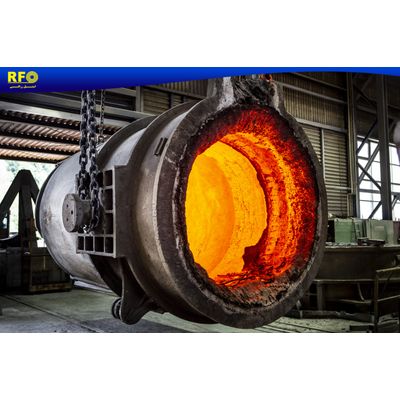

- Home
- Companies
- Zhengzhou Kerui (Group) Refractory Co., ...
- News
- The Role of Refractory Materials in ...

The Role of Refractory Materials in Medical Waste Treatment
In the complex landscape of medical waste management, the importance of effective treatment methods cannot be overstated. Refractory materials play a crucial role in facilitating safe and efficient processes for the incineration and disposal of medical waste. In this article, we explore the significance of refractory materials in medical waste treatment and their contribution to maintaining health and environmental standards.
The Challenge of Medical Waste
Medical waste, which includes items like contaminated sharps, infectious materials, and pharmaceutical waste, poses unique challenges due to its hazardous nature. Proper treatment is essential to prevent the spread of infections and protect both public health and the environment. Refractory materials and silica refractory brick properties step in as critical components in the incineration process, providing the necessary linings for high-temperature furnaces.
Heat-Resistant Furnace Linings
Incineration is a widely adopted method for treating medical waste, and it involves subjecting the waste to extremely high temperatures. Refractory materials used in the construction of furnace linings are specifically designed to withstand these elevated temperatures. They ensure the containment of heat within the incinerator, facilitating the efficient combustion of medical waste and reducing it to ashes.
Preventing Contaminant Release
The refractory linings act as a barrier, preventing the escape of harmful substances and contaminants generated during the incineration process. This containment is crucial for maintaining a controlled environment within the incinerator, minimizing the risk of pollutants reaching the atmosphere and surrounding areas. Effective corundum brick materials contribute significantly to meeting stringent emissions standards and protecting air quality.
Corrosion and Erosion Resistance
Medical waste often contains corrosive elements, and the combustion process can generate aggressive chemical byproducts. Refractory materials chosen for medical waste incinerators are selected for their resistance to corrosion and erosion. This resistance ensures the longevity of the refractory linings, reducing the need for frequent replacements and minimizing downtime for maintenance.
Thermal Insulation for Efficiency
Refractory materials not only contain heat within the furnace but also provide thermal insulation. This insulation improves the overall efficiency of the incineration process by ensuring that the high temperatures required for complete waste destruction are maintained consistently. This efficiency not only aids in waste reduction but also contributes to energy savings in the long run: https://krref.com/refractory-brick/price/.
Regulatory Compliance
The treatment of medical waste is subject to stringent regulations and standards to protect public health and the environment. The use of appropriate refractory materials is integral to achieving and maintaining compliance with these regulations. Manufacturers and operators of medical waste incinerators must prioritize the selection of refractory materials that meet or exceed the specified standards.
Continuous Technological Advancements
The field of medical waste treatment is dynamic, and advancements in technology continually influence the choice and development of refractory materials. Ongoing research and innovation aim to enhance the thermal efficiency, durability, and environmental sustainability of refractory linings in medical waste incinerators.
Conclusion
As the world grapples with the challenges of medical waste management, refractory materials stand as silent guardians, ensuring the safe and efficient treatment of hazardous materials. Their role in maintaining high-temperature incineration processes, preventing contaminant release, and adhering to regulatory standards is pivotal in safeguarding public health and the environment. The ongoing advancements in refractory china technology further underscore the commitment to finding sustainable solutions for the critical task of managing medical waste.
